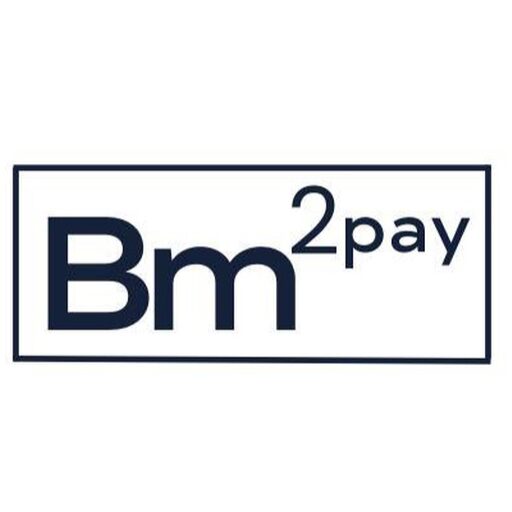The C2C (Consumer-to-Consumer) business model involves transactions between two consumers. This type of commerce is typical of intermediary auction websites such as eBay, Etsy and Craigslist, but the site does not take responsibility for the quality of the products. In C2C transactions, prices are negotiable and the purchasing process is...
C2B
C2B, which stands for Consumer-to-Business, is a system in which an end user or consumer provides a product or service to an enterprise, which then uses it to complete a business process. Another C2B model is when a consumer allows a business to market a service or product on their...
B2B
B2B, which stands for Business-to-Business, refers to commerce between two enterprises as opposed to transactions between a business and an individual customer. The size of most B2B transactions is larger than B2C (Business to Consumer) transactions because generally an enterprise will be seeking to buy a large inventory of items...
B2C
The term Business-to-Consumer (B2C) refers to the process when a company sells products and services directly to consumers who are their end-users. Most enterprises that sell to consumers can be referred to as B2C companies. B2C payments can take various forms: many B2C transactions take place on websites, where consumers...
BANK WIRE/WIRE TRANSFER
A bank wire is an electronic message system, which enables banks to communicate regarding various actions or developments connected to client accounts. A wire transfer, on the other hand, constitutes the electronic transfer of funds across a network, which may contain a large global group of bank administrators. Wire transfers...
SEPA
The European Union (EU) created SEPA (Single Euro Payment Area) as a payments ecosystem which regulates how cashless payments are transacted between Euro countries. European consumers, businesses, and government agencies that make payments via direct debit, credit card or through credit transfers use the SEPA system. In the designated zone,...
EMI
The Electronic Money Institution (EMI) supplies licenses for issuing electronic money. It allows certain entities to issue their own currency, which can be used outside the location of the payment system. It can also be converted to other currencies and service third-party payments. In addition, the EMI license allows the...
CORRESPONDENT BANK
Correspondent banks are financial entities that serve as agents on behalf of other financial institutions, often foreign banks. Correspondent banks may handle foreign exchange, manage international investments, facilitate international trade and provide other services to the foreign bank in exchange for a fee. Foreign banks avail themselves of the services...
VIRTUAL IBANs
An IBAN (International Bank Account Number), is a virtual account issued by a bank, which enables the account holder to receive incoming payments and reroute them to a real bank account. Virtual IBANs provide all the functionalities of traditional bank accounts such as sending and receiving payments, bank statements, and...
SWIFT CODE
The SWIFT code of the Society for Worldwide Interbank Financial Telecommunication is an internationally-recognized identification code for various banks around the world. SWIFT codes are generally used for international wire transfers, and are comprised of 8 or 11 alphanumeric characters. If you plan to send money to an entity overseas,...










